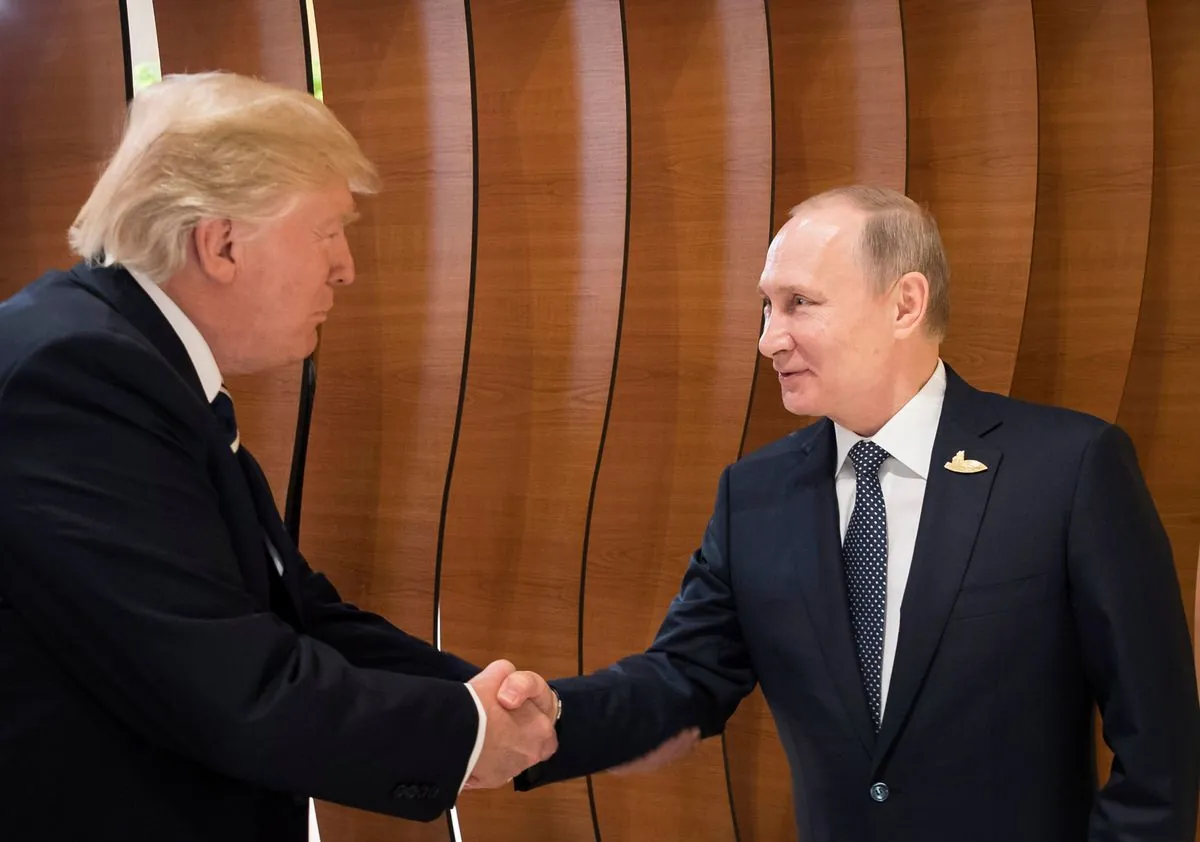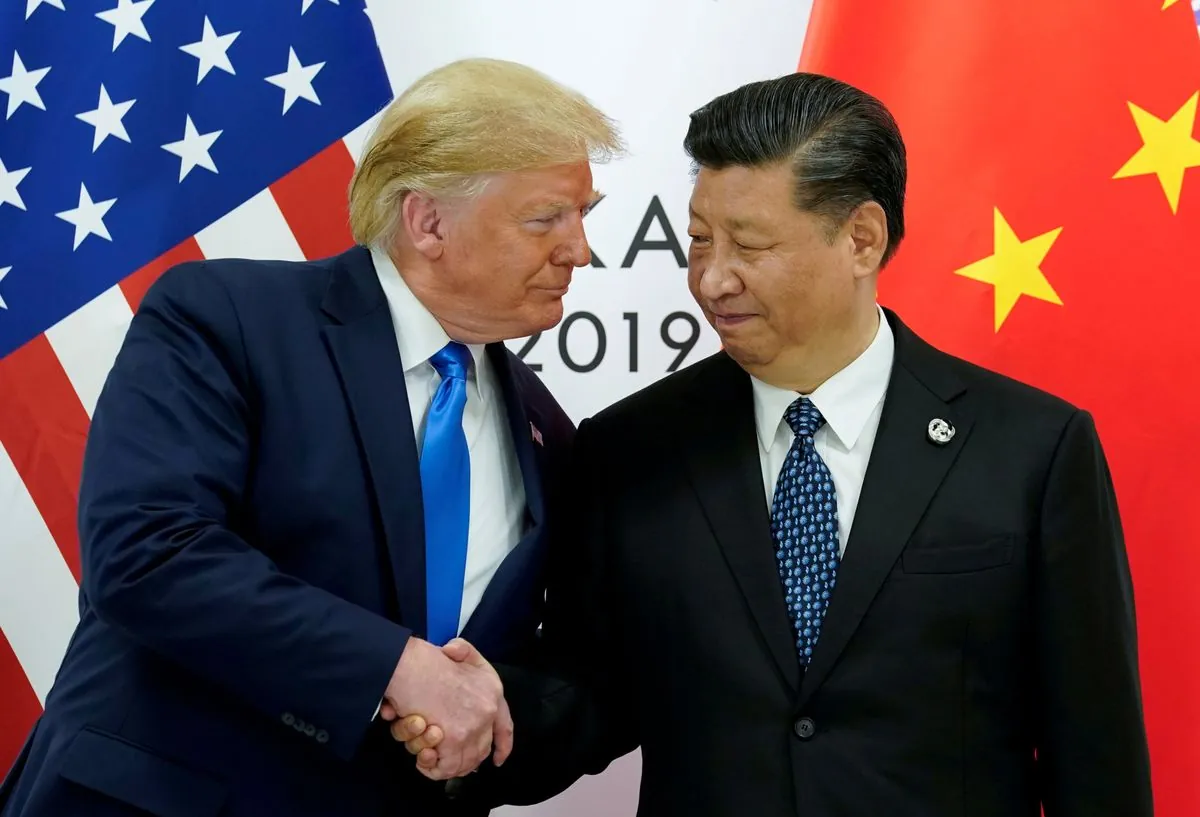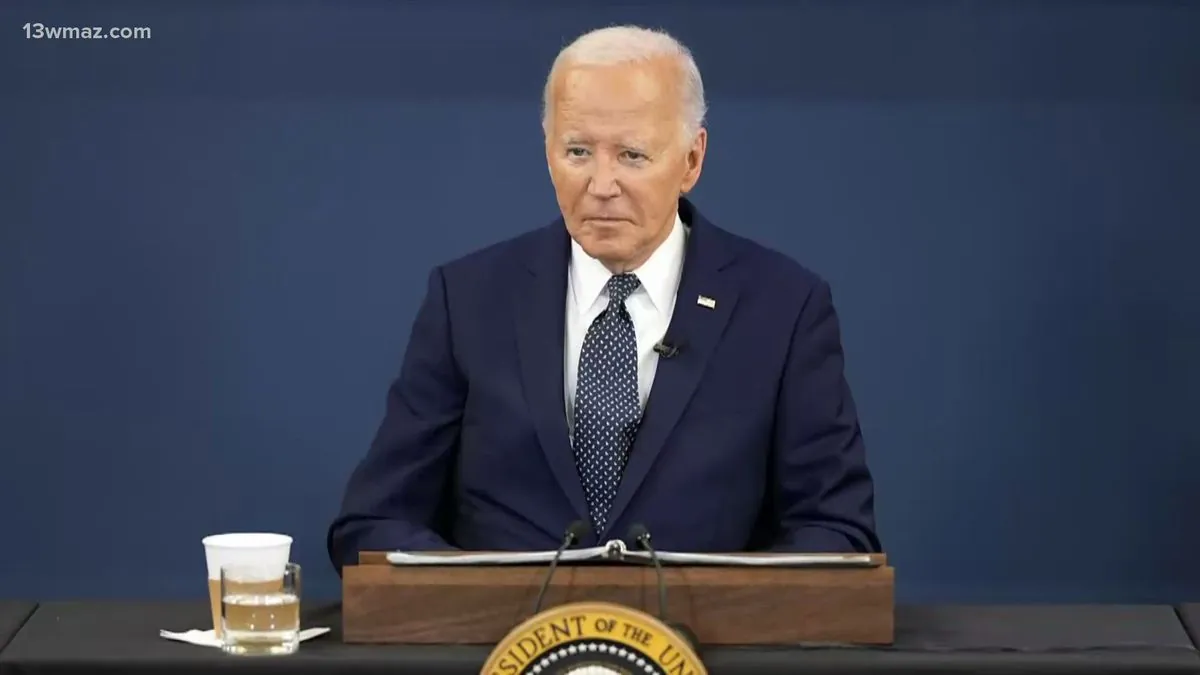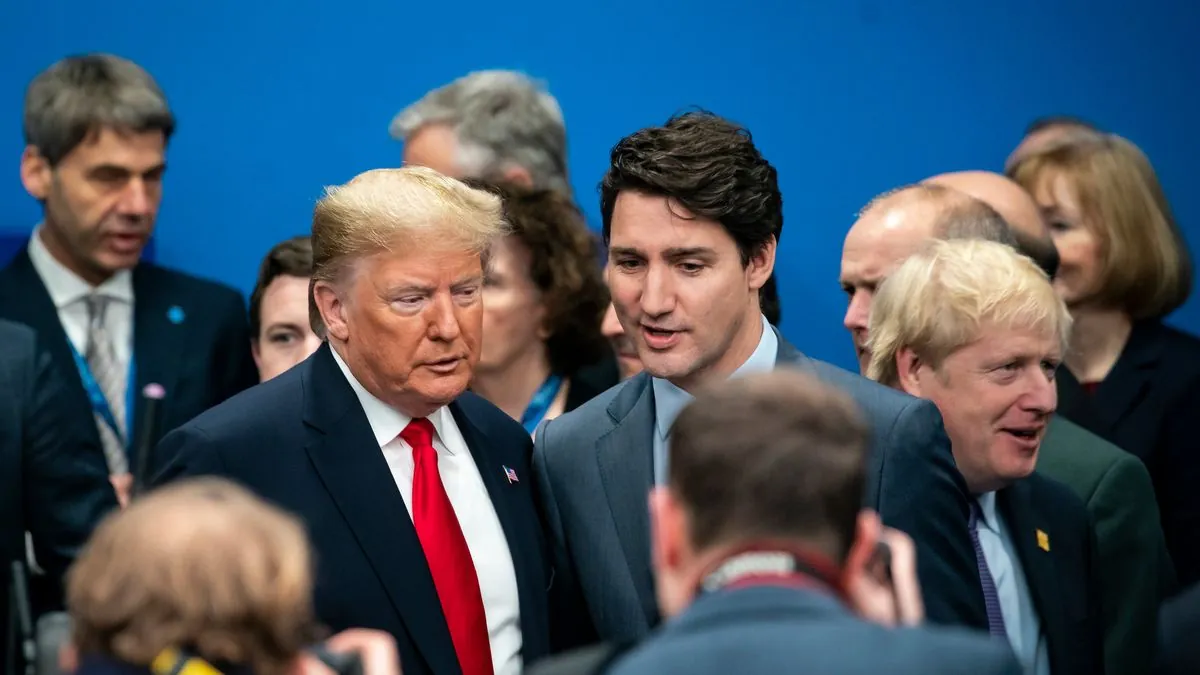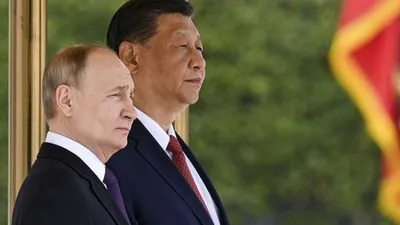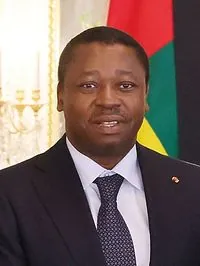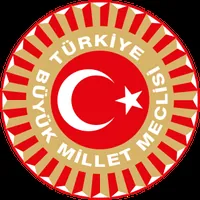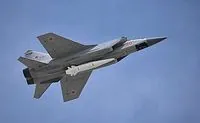Eurasian Economic Union
The Eurasian Economic Union is an economic union of five post-Soviet states located in Eurasia. The EAEU has an integrated single market. As of 2023, it consists of 183 million people and a gross domestic product of over $2.4 trillion.
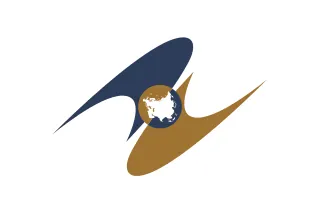
Some of the key events about Eurasian Economic Union
- 2010The Customs Union between Russia, Belarus, and Kazakhstan was established, eliminating customs duties in mutual trade
- 2012The Single Economic Space was launched, deepening economic integration among member states
- 2014Economic sanctions against Russia by Western countries negatively impacted the newly formed Eurasian Economic Union
- 2015The Eurasian Economic Union (EAEU) officially came into existence, creating a single market for goods, services, capital, and labor
- 2015Armenia joined the EAEU, expanding the organization's membership
- 2015Kyrgyzstan acceded to the EAEU, further enlarging the union
- 2015The Russian ruble crisis led to economic instability within the Eurasian Economic Union
- 2016The EAEU signed its first free trade agreement with Vietnam, expanding its international economic relations
- 2016Armenia-Azerbaijan conflict strained relations within the Eurasian Economic Union
- 2017Trade disputes arose between Belarus and Russia, threatening unity within the organization
- 2018A temporary agreement leading to the formation of a free trade zone between the EAEU and Iran was signed
- 2018U.S. sanctions on Russia created economic challenges for Eurasian Economic Union members
- 2019The EAEU signed a free trade agreement with Singapore, strengthening its presence in Southeast Asia
- 2019An agreement on trade and economic cooperation between the EAEU and China came into force
- 2019Kyrgyzstan accused Kazakhstan of imposing trade barriers, violating Eurasian Economic Union principles
- 2020COVID-19 pandemic severely disrupted trade and economic cooperation within the Eurasian Economic Union
- 2020Border closures between member states during the pandemic hindered free movement within the union
- 2021The EAEU approved a strategic plan for Eurasian economic integration until 2025, outlining future development goals
- 2021Political unrest in Belarus strained its relations with other Eurasian Economic Union members
- 2022Russia's actions in Ukraine led to increased international isolation for the Eurasian Economic Union
Disclaimer: This material is written based on information taken from open sources, including Wikipedia, news media, podcasts, and other public sources.
